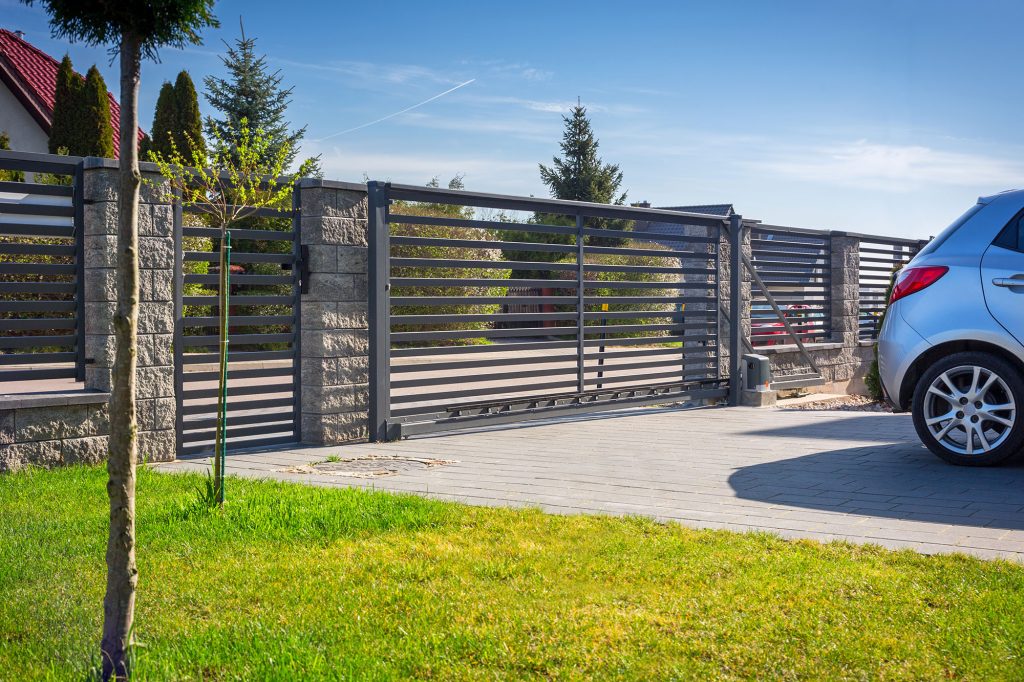Fencing in tight, mixed-use areas like Cooks Hill calls for practical layout planning. We help with small block fencing, back-lane gates, and multi-use zone separations. Whether the site backs onto narrow access or includes shared spaces between buildings, our team ensures the install fits existing boundaries, complies with site use, and doesn’t block important flow paths.
We provide fencing types matched to fit smaller blocks, strata properties, or areas where boundary clarity is needed. We factor in line of sight, access frequency, height limits, and gate use. This allows the mesh, bracing, and post systems to stay useful long after setup.
Low-obstruction fencing used along narrow blocks or open utility edges. Often fitted for boundary awareness while keeping a light footprint.
Stronger framed panels, typically installed where basic security or tighter containment is needed. These work well for bin areas, storage points, and workspaces.
Fixed panels for controlling people flow, redirecting access routes, or blocking off equipment areas.
Commonly used during short-term projects like paving, excavation, or deliveries that alter site layout.
We install gates with clearances suitable for vehicles, bins, or walk-through traffic. Both swinging and sliding models are available.
Fence support add-ons used on uneven or stepped terrain, or where extended mesh runs require stability against movement or sag.
We begin each project with a site walkthrough, reviewing the entry points, surface changes, and shared paths. A key part of planning is measuring gate clearances, slope consistency, and obstructions such as trees, utility pits, or drainage channels.
Spacing between posts is mapped against available boundary length, and mesh type is selected based on use—whether the area is for open movement, partial visibility, or containment. If the block has rear access or mixed-use frontages, we adjust entry points and align gate swing directions to fit that daily pattern.
Install work includes core drilling for post anchoring, adjustments for fence tapering, and checks for asset protection compliance where required.

Cooks Hill contains a wide range of property layouts—some compact and enclosed, others built with shared driveways or laneway access. We’ve installed fencing for duplex blocks, unit complexes, corner lots, and back-access commercial sites. Each type presents a different access condition and fencing need.
All fences are installed to comply with spacing standards, property lines, and function-driven placement.
Yes. We review the full run of the laneway edge, adjust for post spacing, and set gates or mesh to avoid blocking the flow of pedestrians, bins, or deliveries.
Welded mesh is often chosen here due to its structure. It holds up to impact, is harder to bend, and suits smaller fenced spaces needing security.
In some cases. We help identify if the planned fence needs consent—especially if it’s near shared property lines, has a gate opening onto public space, or exceeds standard height.
Yes. Panel-based fencing is designed to be moved, stacked, and reset for short-term layouts. This is useful for site work, temporary events, or staged projects.
We handle fencing installs in compact and shared-use zones—helping you define space, secure access, and keep movement clear. If you’re planning a new layout or want to replace an old fence, our team can advise on material choice, boundary alignment, and install timing.
Get in touch